I’ve interviewed authors about writing serials in the past, and it’s something I’ve been interested in trying for several years. The novel is my favorite medium, and I think novels are the easiest thing to sell in the long run, but there are some reasons you might want to consider trying a serial, if the notion intrigues you. I finally published my first one this summer, under my pen name. I’m going to talk a bit about what my plan was, what went right, what I could have done better, and whether I think serials are still worth trying.
Why try a serial?
As I said, part of it was just the muse. I’ve been wanting to try one, to see if I could pull it off and if people would enjoy it. The other reason was strategic.
Last year, when I launched my pen name, I enrolled her books in KDP Select (requiring Amazon exclusivity), even though I’ve never touched it with my regular stuff. It was easier to get started and build an audience quicker in the Kindle Unlimited world, where borrows counted as sales insofar as Amazon sales rankings were calculated, and quite frankly, it’s easier to just have to make mobi files and worry about uploading and making changes in one place. (I don’t recommend going exclusive for authors who want to make a career of writing and — you want to build a brand and a business and extend your reach everywhere — but for a side project you don’t want to devote as much time to, it can make sense to just focus on what’s likely to earn you the most money.)
When I started plotting out my serial, around May of this year (2015), Kindle Unlimited 1.0 was firmly in effect.
If you were willing to sign up for KDP Select and go exclusive with Amazon for a quarter, your book (or serialized story) would go into Kindle Unlimited, where you were paid for every borrow that was made, so long as the reader consumed 10% of the ebook. In KU 1.0, doing a serial actually made more sense than publishing a novel. In my case, I would have been paid six times for the six installments for my serial, versus one time for a novel. Since the KU borrow payment for an author was around $1.30, this would have been $7.80 for me for every person who read all of the installments. That’s a heck of a lot more than I or my pen name make on individual ebook sales (my pen name novels are priced at $3.99, so I make around $2.70 per sale).
With this kind of incentive, it’s no wonder that people were hitting KU hard with serialized work. But, as usually happens when I decide to jump on board with something like this, a change came around.
As you probably know, Amazon announced in June that, starting July 2015, Kindle Unlimited would change. Now it pays based on pages read rather than on books borrowed. So basically, assuming borrows and read-throughs are the same, a 100,000-word serial isn’t going to make any more than a 100,00o-word novel. I think the new system is more fair than the old, but it removes the one big, obvious incentive for creating a serial.
Why I continued on with the serial plan, even though Kindle Unlimited changed
At the time of Amazon’s announcement, I had finished the rough of my serial and was editing it. I debated on throwing it all together and calling it a novel, but I had already ordered the cover art, and I had also designed it to be a serial, meaning it had more of an episodic/television feel. This was a science fiction romance, and I’d ended each section with a cliffhanger, and I’d also included action and naughty bits (I figured that was a requirement with a “romance” serial) in each section.
I was also curious as to how a serial might perform differently from a novel, specifically how I could market it differently. This was a stand-alone adventure only loosely related to my pen name’s Mandrake Company books, which are set in the same universe but which don’t share any common characters. It’s tough to market and sell a stand-alone anything–series are much easier since you can play with permafree or discounted Book 1s.
With a serial, I figured I could market it like a series, running frequent sales on Part 1 in order to get more people into it. Also, I planned to release an episode once a week (during August and into September, I published one every Friday), which meant I could conceivably end up with multiple ebooks in the Top 100 for my subcategory. Here are the covers, in case you’re wondering whether I made them all the same or not. (The answer is basically yes–I just changed the titles.)
The challenge?
I wasn’t sure how to buy advertising for a serial, since most places only want to plug discounted full-length novels. I was hoping that “Ruby” had enough of a following that there would be some initial sales and borrows, hopefully enough to get into the Top 100 of the Sci-Fi Romance category. (Ruby’s mailing list has a little over 500 people on it currently.) I was a little worried, though, because I knew that some people hated reading in installments and wouldn’t buy the story until it was complete. When I had episode one ready to go, I sent out the email and crossed my fingers.
I didn’t announce the serial to my regular LB fans, since this was quite frankly smuttier than any of my other stuff (even most of the Ruby stories). I’m usually an adventure first and romance when it makes sense type, even with the pen name books, but since, as I mentioned, this was a serial, I felt I had to have some sexy stuff happening in each section.
In short, I was relying a little on the mailing list somewhat but almost entirely on the cover/blurb/story to appeal and catch on, something I hoped would happen more easily with numerous installments as opposed to one book.
I figured the serial would have more time to catch on and would possibly appear in the rankings for longer than a single novel might. I was also counting on Kindle Unlimited to make it easier for people to jump in–not everyone wants to pay 99 cents every week to get stories in dribs and drabs, but KU subscribers can borrow as much as they want at no extra cost. I fully expected more people to borrow these than to buy them (I honestly wanted buyers to wait until the complete serial was available in one ebook, as that would be a better deal for them and for me, too, since I could get the 70% split on that).
So, did it work?
I think things went fairly well, especially considering I was deep in the writing of Dragon Blood 6 at the time and also road-tripping across the U.S. and going on family vacations. It was a busy month and I did next to nothing to promote the series except sending out the original announcement to my mailing list. I believe I bought an ad from Bknights on Fiverr when I released the first installment, but not much came of that.
As the installments came out, they did indeed climb into the Top 40 of my category and eventually Part 1 made it into the Top 20. I should point out that the science fiction romance category on Amazon isn’t as competitive as the other romance categories (it usually takes about a 10,000 sales ranking to break into the Top 100), but it’s also a little tough if you write far-future space-based stories. If you scan through the Top 100, you’ll see it’s largely weighted toward human-women-kidnapped-from-earth-by-sexy-alien-men kind of romances. I think sci-fi that starts out on or takes place on modern-day Earth is probably more accessible to readers that didn’t necessarily grow up adoring Star Trek and Star Wars. But I digress. My main point is that I’ve found it tough to stick at the very top of the category rankings with the pen name, even with books that are well reviewed and receive encouraging fan mail. I consider hanging out in the Top 20 for a while to be a pretty good showing.
- As far as sales numbers go, the first five installments had just shy of a combined 400,000 pages reads in August in KU in the U.S. (I started publishing on August 7th, one a week, so the 5th installment didn’t show up until the end of the month) and about 1600 sales at 99 cents in the U.S.
- In September, as of the 22nd (I’m writing this on the 23rd), with all episodes out and the Complete Series ebook released at 4.95 on the 6th, I had about 1,100,000 page reads, 1200 sales at 99 cents, and 850 sales at 4.95.
I won’t know how much I earn from those September page reads until the rate comes out in October, but in August, I earned enough to pay for the editing and cover art and then some, so I’m considering this a success. The sales of the full-priced boxed set in September are nothing to sneeze at either.
As I write this, the boxed set is dropping in the sales ranking at Amazon, but it’s just under 1,000 after being out for 2.5 weeks. It hit as high as 500, which is actually lower (better) than any of my other Ruby books have done. I did make the first episode free for 4 days at the same time as the complete serial came out (those 740 downloads are from that), but I actually think that was a mistake, that I should have waited longer, especially since I was super busy that week and didn’t have any ads lined up.
I might as well go into some of my mistakes, in case you’re thinking of trying a serial (or in case I try another one!):
Mistakes (or things I could have done better)
- I released the six installments at 99 cents, one week apart, and I think that was a good thing (I’ve seen people make their installments further apart, releasing at two week intervals, but I think there’s more of a chance that people will forget about you or forget what happened in prior installments that way). However, I released the complete serial in one ebook only two days after the final episode came out. My reasoning in doing this was that I didn’t want the people who were opting to skip the installments in favor of getting the whole thing to have to wait long. I had the complete serial finished before I started releasing things, and it was hard not to just put it all out there for people. The problem is that I think I cannibalized my own sales by doing this. Almost as soon as the complete serial turned up, the individual episodes dropped out of the rankings. At one point, I believe I had all six installments in the Top 100 of my category, and they were selling fairly well. I probably should have waited at least a couple of weeks, until the installments had started to drop down in ranking and the first one, in particular, was out of the Top 20.
- I should have waited until the rankings slipped to run a free promo on the first installment. Because I was busy that month, and you set things up in advance for KDP Select free runs, I set the dates ahead of time, figuring I’d give things a boost at the same time as I released the boxed set. I do think making 1 free for a while helped with sales of the complete serial, since it debuted fairly high, getting that 500 sales ranking, but 740 downloads is nothing, really. That’s a result of not having any ads linked to it. And also, as I said, Part 1 was still in the Top 20 at 99 cents, so it was really too early to use that boost.
- More of a marketing plan and some advertising could have helped. I had two things working against me. First, as I said, I was more focused on other projects and family stuff during the time this was going out, so it was almost a set-it-and-forget-it thing (I used pre-orders to schedule the latter releases ahead of time). Second, because I haven’t invested time into building a social media following for my pen name, she couldn’t do promoted posts or tweet freebies every week to pimp the new episodes — I definitely would have done this with an LB title. I do think the serial format itself helped with the marketing, though, since I had “new releases” every week, and they were sprinkled throughout the SFR Top 100 as well as in some other sci-fi categories. Also, being in KU definitely helped, since those borrows increased my sales ranking. (Some people will tell you that borrows cannibalize sales, but you have to remember that not everyone who borrows would buy.)
Things I did correctly (and would repeat)
- Overall, I think I put together a pretty entertaining story, for a serial newbie. It’s not great literature that’s going to win a Hugo (that can be said for any of my stuff), but a lot of people who picked up Part 1 went on to buy the other installments (it’s hard to judge that, just looking at page reads, since the installments were all different lengths, but when I look at the purchases over the entire time, I can see that people who went on to Part 2 tended to end up buying all of the parts). There’s action (and, ahem, action) in each segment, and I tried to set up the end of each segment to be cliffhangery without seeming forced or gimmicky.
- Solid cover art without spending a fortune. I don’t know if I would have gotten more mileage out of doing different covers for each episode, but that would have been more work and a bigger expense. The folks over at Deranged Doctor Design put this together for me quickly and inexpensively. It’s obviously just using stock art, but that’s typical for the genre — if you surf through the Top 100, you won’t find much custom artwork, and you will find some fairly dreadful photoshopped stuff. As I’ve also found with steampunk, it’s tough to find stock photos that work in this genre, so kudos to the people who can make decent sci-fi romance covers!
- Fair length for the price. I hardly ever write anything less than 40,000 words these days, because I want to be able to make the price at least 2.99, so I can get the 70% split from the retailers. With a serial, there was no way I was going to charge 2.99 an episode, and I didn’t feel I needed to, since I’d be focusing on getting those KU readers. The installments ranged from about 15k to 28K words, with the first one being the longest. The entire serial came in around 120K words. Since authors often charge 99 cents for short stories under 10K words, I thought my serial was fair, even for people who bought the parts individually. They would end up paying a little under $6 for the complete story. Those buying the complete set at $4.95 got a deal. Most of the Ruby books range from 70-90K and are $3.99, so this was in line with the pricing structure I had set up. I’ve seen people do 2.99 installments for serials or charge 99 cents for episodes that are only 5k long (or their serial runs 10+ episodes so people are paying a lot for the complete story), and I think that can breed resentment. Six parts at 99 cents seemed to work well.
- Enrolling the serial in KDP Select/Kindle Unlimited. I’m positive that this serial wouldn’t have done nearly as well if I’d gone wide with it, especially given how little promo I did for it. The ability for readers to borrow it without risk on Amazon brought in a lot of new readers and it helped me stay higher in the sales rankings for longer. Also, going wide would have meant a lot more work, since I’d be uploading seven books (the six installments, plus the boxed set), including artwork and description, on every platform. If you’re someone who updates the back matter for each retailer, that would be even more work. If, at some point in the future, I decide to go wide with Ruby, I’ll probably just put the complete serial out there and not bother with the individual episodes (I may eventually take the individual episodes down from Amazon, too, especially if I write a sequel and then don’t need Part 1 for loss-leader/marketing purposes).
What about running serials on other platforms?
I guess I already answered this in my last bullet point there, but unless you already have a following on the other platforms, I’m not sure it would be worth the extra work. I don’t think it would have been as easy for me to do well with this without the KU/borrow thing working in my favor. That said, if you’re already wide with your other books, and you do have a following, it could be worth trying the serial at the other retailers for the reasons I already mentioned:
- You basically have a little “series” in your hands with a serial, so you can make the first installment free or inexpensive to spur sales of the rest.
- More frequent releases means the opportunity to potentially take up more spots in the charts. My serial is clearly science fiction romance, but it could also be plugged into the space opera, genetic engineering, and exploration subcategories under science fiction. One of the installments went under “pirates” too. The serial can let you stick different episodes into different categories, if they fit, thus possibly helping you be discovered in more places.
- Having the installments out at 99 cents can make the complete story version look like more of a deal. In my case, 4.95 is actually higher than my average pen name novel, but because it was $6 to buy the individual episodes, the $5 boxed set looked like a deal.
If you’re reading this and you’ve tried serials on other platforms (and also if you’ve tried them recently on Amazon), I would love for you to leave a comment and share your experiences.
Would I do another serial again?
I don’t have plans to write another one right now, but I may indeed try it again, especially in cases where I want to do a stand-alone story that isn’t related to my other works and thus isn’t an “auto buy” for fans of my other series. If I did one with my regular name, I would be tempted to use KDP Select/KU for the first 90 days, even though I usually shun the program because of the exclusivity requirement. With the serial, the benefits of being in KU were that noticeable.
Comments? Thoughts? Questions? Please share below. Thanks!
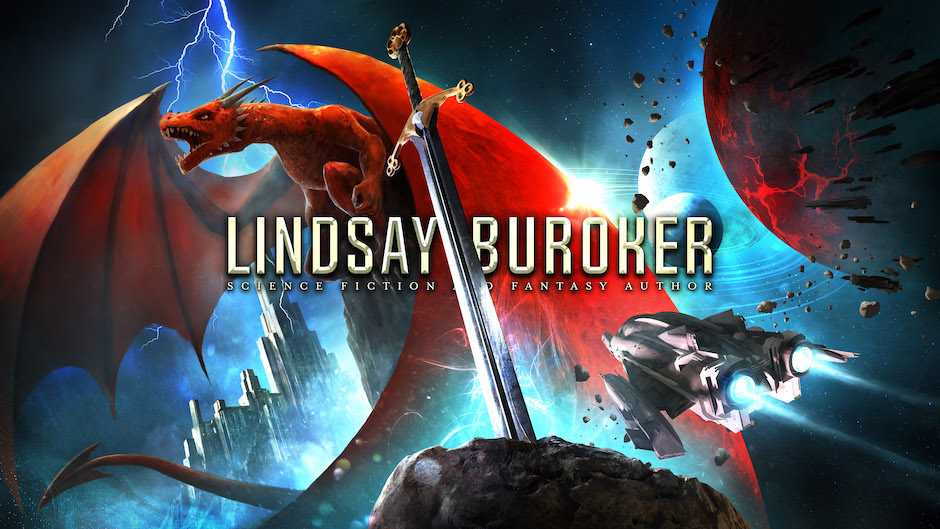
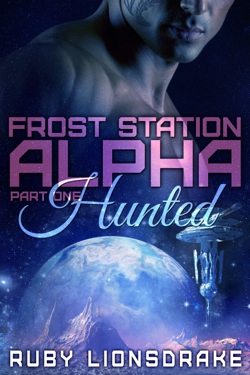
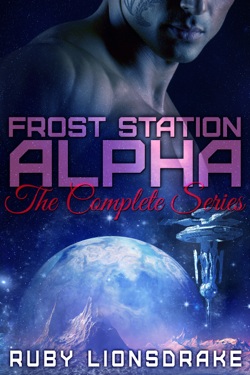

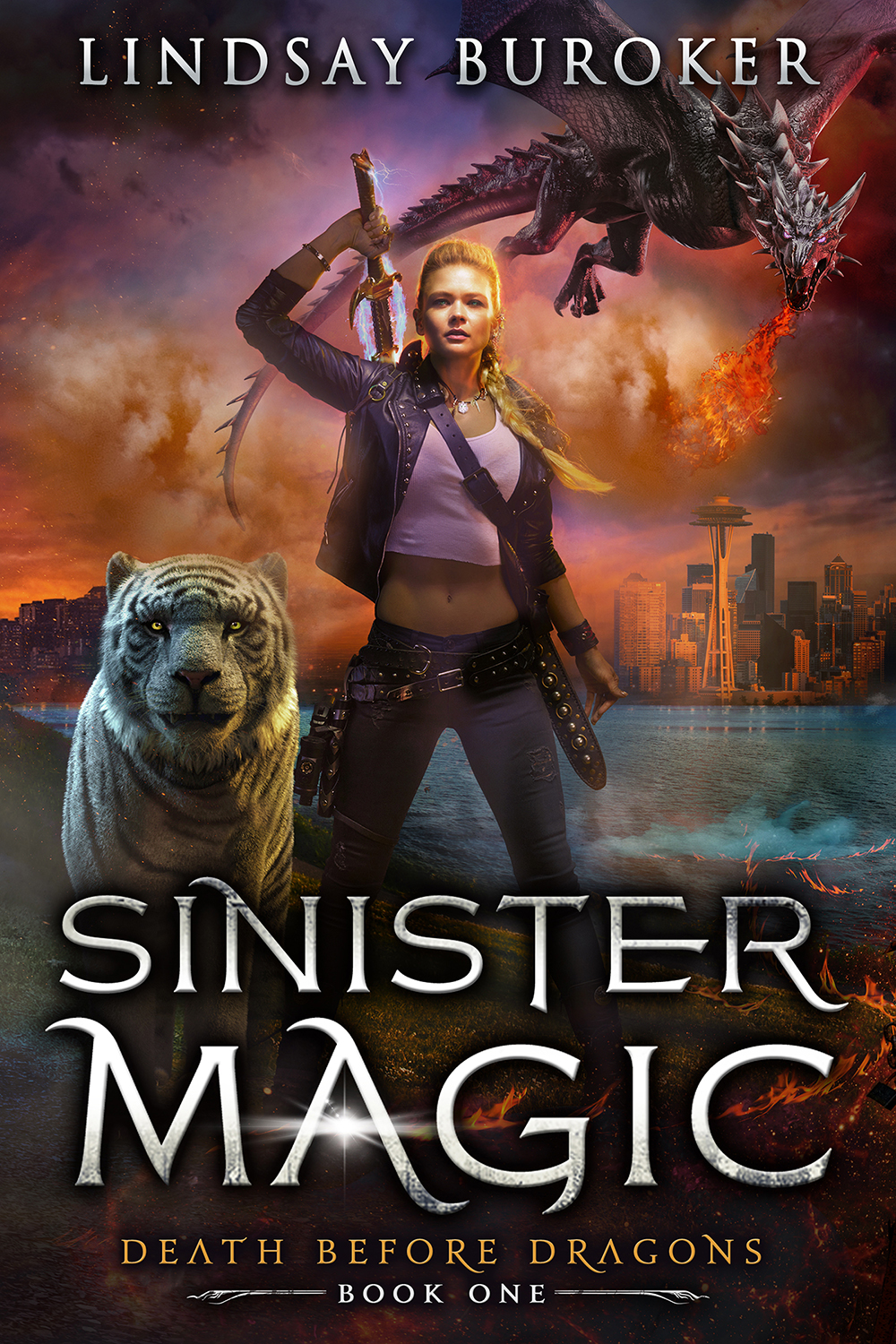
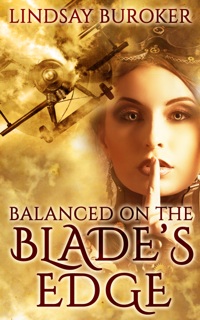
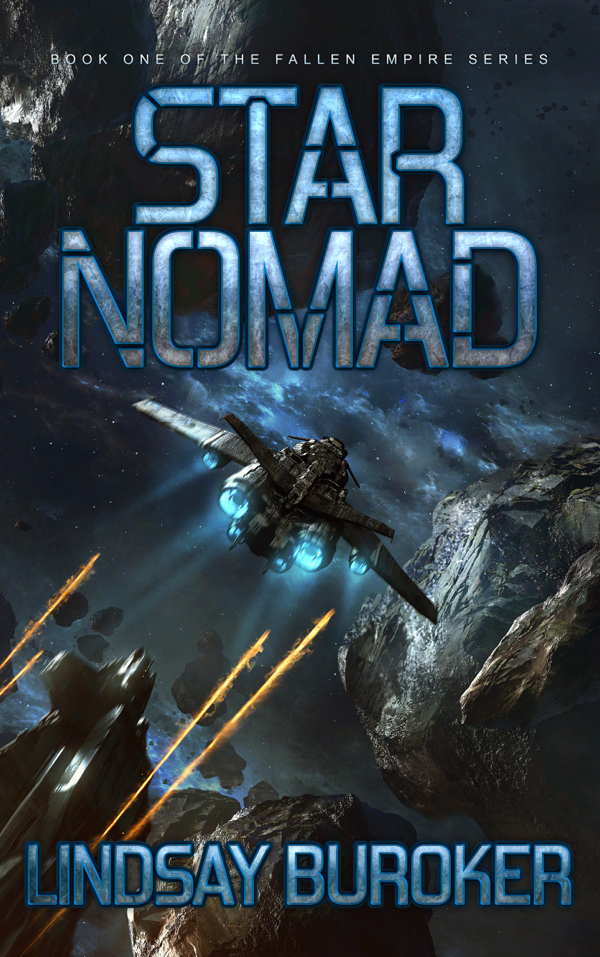
Hi Lindsay,
Glad this worked for you. I’m not doing serials so I have nothing to contribute, but I did want to thank you for this detailed post.
Are you still doing podcasts with Adam? I always enjoyed them, but can’t seem to find them lately.
Best wishes,
Susanne
Hey, Susanne! I think Adam and I are going to record some more episodes, but I put more of my podcasting time into the Science Fiction & Fantasy Marketing Show: marketingsff.com
We mostly interview SF&F authors, but 90% of what we talk about is applicable to anyone writing fiction. 🙂
Okay, I’ll head over there. I got some good ironing done with you and Adam chatting with authors 🙂
Thanks, Lindsay, for telling us your experience with serials under KU2. I was actually planning on publishing a serial under a pen name but wasn’t sure whether it was still a good idea under KU2. I think I’ll go ahead with it. I’m a slow writer, so writing a novel-length series would just take too long right now. But with a serial, I’ll be able to market is like a series, as you said, and it is kinda fun to write.
I think that serials are by nature likely to be page turners, so they can definitely work well in a program that rewards us based on page reads. Good luck!
Reading the stats about sales and page reads it sounds like a pretty darn successful campaign. I started thinking I wonder if I could write something like this. So you inspired me to give it a try. I’ll have to create a pen-name but I have one in mind already.
This is outside of my normal comfort zone which should make it a good thing. It will help me grow, so my fist bit of research I checked out the first two books in your serial. Haha, I thought to myself sweet little Lindsay wrote this! Oh, My!
Today I started work on my own and I was surprised how some of that came naturally when I just let it go. I figure my Wife will tell me if I missed the mark. Anyways I’m 5k into the first book and am really enjoying it. While I hope it will be good enough to sell and market as an exercise it has been amazing.
Thank you, again Lindsay for all you do for writers!
Good luck with the new project, Bradford! And don’t tell my parents about the naughty bits in my serial. 😀
Mums the word. When you listed it on amazon did you use the age settings? I haven’t used those for my previous books, but for what I am writing now it seems like it would be a good idea.
I think those are for middle-grade or YA. Just about everything I write is meant for adults (Although some is more adult than others, ahem), so I haven’t used the settings.
Just released under my pen name, I guess now we will see how it goes, either way it was a fun experience writing episodic content.
Thanks for such a thorough write-up, Lindsay! It’s truly fascinating to hear your insights into all phases of the prep, the execution, the results, and the future . . . I appreciate your willingness (and dare I say joy) in sharing. I’m turning some ideas around in my head for what I was initially thinking would be a sci-fi series but might actually turn out to be a sci-fi serial. As a slow writer who hopes to one day write faster (i.e., have more time for writing), the thought of having multiple installments ready to go that I can actually release a week apart is quite appealing. It would be a looong time before I could have multiple novels ready to go for a sequential or even quasi-sequential release!
Hey Lindsay!
Great post! I’ve always thought writing serials would be fun but my word count always gets too high to justify it… Oh well that’s not really a bad problem to have!
Had a kinda off topic question… I’m publishing my first full length book this month and considering going KU for at least 1 quarter. Do you think this is a valid choice for someone with very little fan base?
Hi, Jeremy! For a first novel, it’s tough to get things rolling either way. Some people do, but the marketing just gets much easier when you have a series to play with! You could always try the first 90 days in KDP Select and then switch if nothing’s happening. I do think you have a better shot at gaining some Amazon visibility in KDP Select, since those borrows help out. Just gotta drive enough people to the page to make a difference! Good luck!
The KOBO Writing Life Podcast had an interview with a successful author who published a serial on their platform.
http://kobowritinglife.com/2015/10/14/kobo-writing-life-podcast-episode-042-kelley-armstrong/
I don’t think it all applies to indies, but a decent listen. She’s a trad writer and her readers expect higher prices, so when she published installments 2-6 at $2.99 they were still okay with it.
I’m a bit surprised that something like serials hasn’t taken off with tv shows being so good and popular these days. With modern tv, people love shorter stories with an overarching plot.
BSG and Firefly (should it have continued) are good examples, but there are season after season of sci-fi, drama, and urban fantasy sucking us in these days.
It’s hard to set the right expectations with serial books, and the systems aren’t in place to support it.
Hi Lindsay,
I have been following your site for a couple years now. I was wrapped up with work and life for a couple years but now I finally have some free time to write. It seems like things are (at least temporarily) back in the favor of new authors with KU and it’s pretty exciting.
I am too impatient and my writing is too dense for me to wait for a typical 500-600 page novel to publish, so I was originally thinking of putting it up on KU as a series of novellas, and then sell 3 novellas as sort of a boxed set that is really just a novel.
However, Your post here has got me interested in the idea of writing things as a serial. I was thinking maybe release one “episode” on the first and fifteenth of every month or something like that. For those not on KU or who dislike serial novels, I would pop out a novel/boxed set from the serial now and then as felt natural.
I am in China and using social media can be quite painful, so a lot of advertising/promotion is kind of difficult for me. Blocked by the government.
Am I crazy? I’m about 15k words in and really liking the story so far. Plenty of spots that could be used as cliffhangers.
Thanks for any advice you can give. And thank you so much for posting about your experiences!
I think either tactic could work, Mike! If it’s all one story, then a serial might be the way to go. If you see it more as three shorter and self-contained stories, then the novellas might be the way to go. Either way, you could play with making the first free from time to time as a way to get more people to check out the series. Good luck!